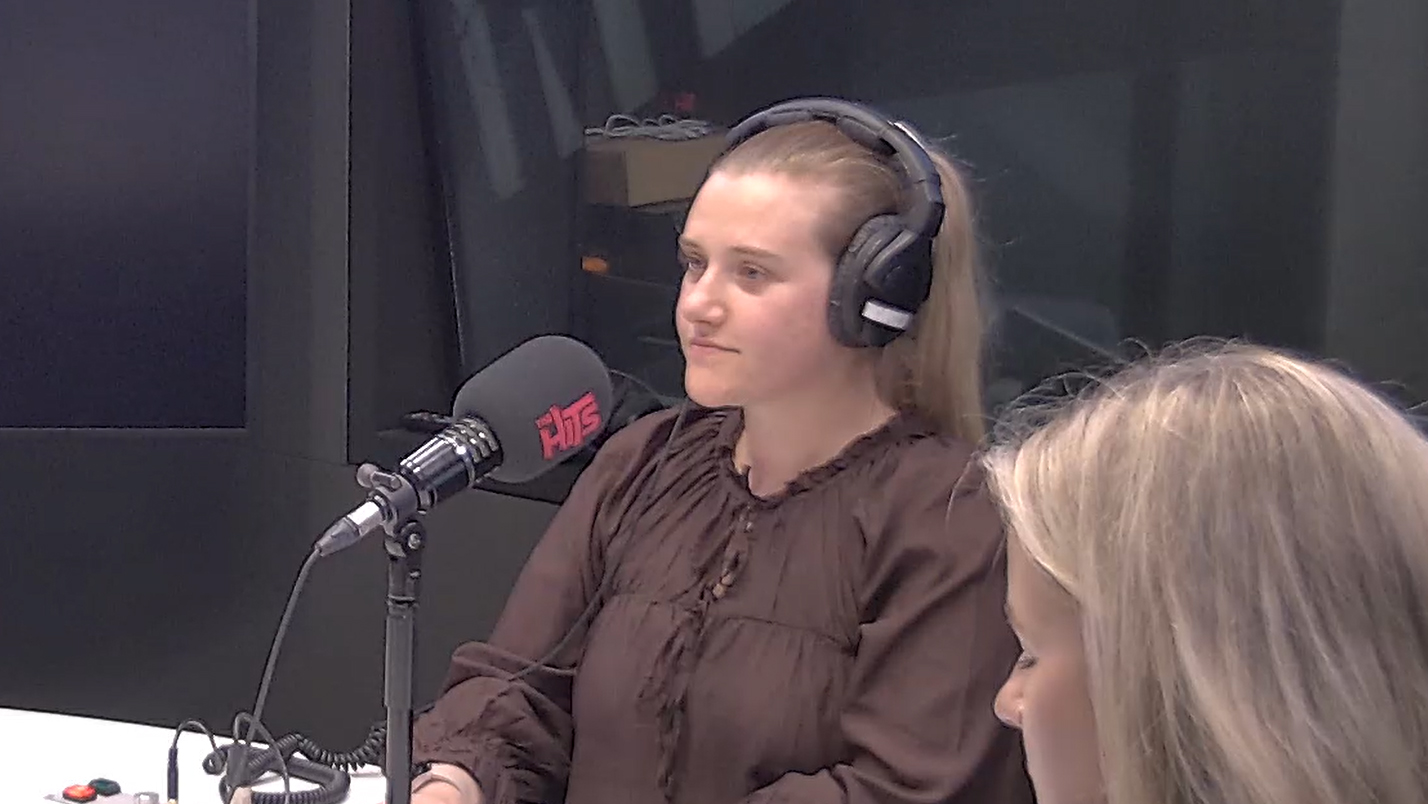This article was originally published on the NZ Herald’s website on 13th December 2023.
If 2023 has felt like a wild ride as an investor, it’s worth remembering that a year ago the anticipation was for something much worse.
In late 2022, global recession was looking like a distinct possibility as central banks ratcheted up interest rates to tame inflation at a pace not seen in decades, crimping consumer demand in the process. The business outlook was grim, both locally and abroad.
Results varied by country, but global economic activity has been surprisingly resilient. In particular, the US economy saw growth rates accelerate through the year, driven by a free spending consumer.
Workers retained confidence in job security and spent their savings, accumulated during the Covid years. That helped absorb higher prices for many consumers. There were some banking failures during the year, but these were contained and so there was no repeat of the 2008 Global Financial Crisis (GFC).
Supply chain bottlenecks were freed up, so we had a better flow of goods and services, and better supply has seen inflation starting to head in the right direction. Central banks appear comfortable that their rate hikes are sufficient. The question is how long they’ll wait before starting to reduce them.
Looking to 2024
As we look towards 2024 and the investment outlook for the next 12 months, it’s a stretch to imagine more significant interest rate hikes coming. Central banks are convinced interest rates will have to stay high for an extended period, but the markets think differently – they are acting as if interest rate cuts are looming, starting as early as the first quarter of next year in the US and Europe.
Investors are enamoured with the idea of a soft landing, i.e. falling inflation with positive economic growth that allows central banks to ease interest rates slowly. But two-sided risks remain. Rapidly falling inflation would likely be accompanied by a global recession. On the other side, global economic resilience could also cause an inflation resurgence. In the medium term, the world is more likely to experience the kind of cycle seen in the late 20th century, when we had bouts of higher and more volatile inflation.
Increased geopolitical tensions are likely to drive volatile energy prices, as well as a reconfiguration of global supply chains. This will elevate cost push inflation whilst demand could remain robust due to the predilection of global governments to run expansionary budget deficits.
We will be watching two key indicators as we move into the New Year. – These are weakening company profits and whether that drives higher unemployment. In this scenario, it is likely that central banks will step in and cut interest rates to support the economy.
Here are a few other things the team at Milford is paying close attention to:
- Hype vs reality: Big Tech is going large on AI, but how soon will revenues start to flow from their investments in the technology? There will be winners and losers in the field of AI and investors and portfolio managers need to do their homework figuring out who is best placed to leverage this fast-evolving, disruptive tech.
- The US election super-cycle: The 2024 US Presidential election can have a major influence on financial markets, and it appears we are most likely to see President Biden and former President Trump square off. Both are big spenders, and we will likely see a continuation of high federal government spending, weighted towards tax cuts or infrastructure and social initiatives depending on who triumphs next November. Either way, the question will be to what extent the US needs to issue bonds to fund the spending splurge, and to cover the cost of interest on bonds already issued.
Bonds and shares – a mixed picture
If you’ve invested in bonds in recent years, it’s been a terrible period – the price of bonds has fallen because interest rates have risen. But over the past year, corporate bonds have been offering superior interest yields compared to term deposit rates, which is why Milford has been increasing its investment in bonds and the outlook for them is positive, significantly so if interest rates fall.
For share market investors, there have been two diverging narratives. The so-called Magnificent Seven, tech-heavy growth stocks including Alphabet, Amazon, Apple, Meta, Microsoft, Nvidia and Tesla, have propped up equity markets. Their share price increases have, to a large degree, been driven by the frenzy of interest in AI (artificial intelligence). Nvidia, which makes the computer chips that power high-performance AI systems, has seen its share price jump 211 per cent this year alone.
The rest of the stock market has had a very lacklustre year. Profits have been flat even as economic growth has been resilient. Meanwhile, valuations of shares look fair to expensive in aggregate, although that masks plenty of divergences under the surface. As we approach the end of the inflation cycle, it will pay for investors to remain on their toes. Even if broad sharemarket gains are elusive, there are many opportunities for active investors to invest in.
Choices and trade-offs
Investors face complex choices and trade-offs in 2024. With term deposit rates hovering around the 6 per cent mark, it’s tempting to park your cash in the bank to ride out volatility. But the record shows that if you want to build long term wealth, then investing in bonds and shares over the long run will substantially exceed the return from having money sitting in a term deposit.
At Milford, we’ve demonstrated this active approach in the performance of our Investment Funds and KiwiSaver Funds over the last decade. We are active fund managers, which allows us latitude to update our investment decisions to account for the shifting economic outlook. This gives us ample opportunity to thrive in 2024 and we will continue to adapt in the future, in pursuit of achieving the best results for our investors.

